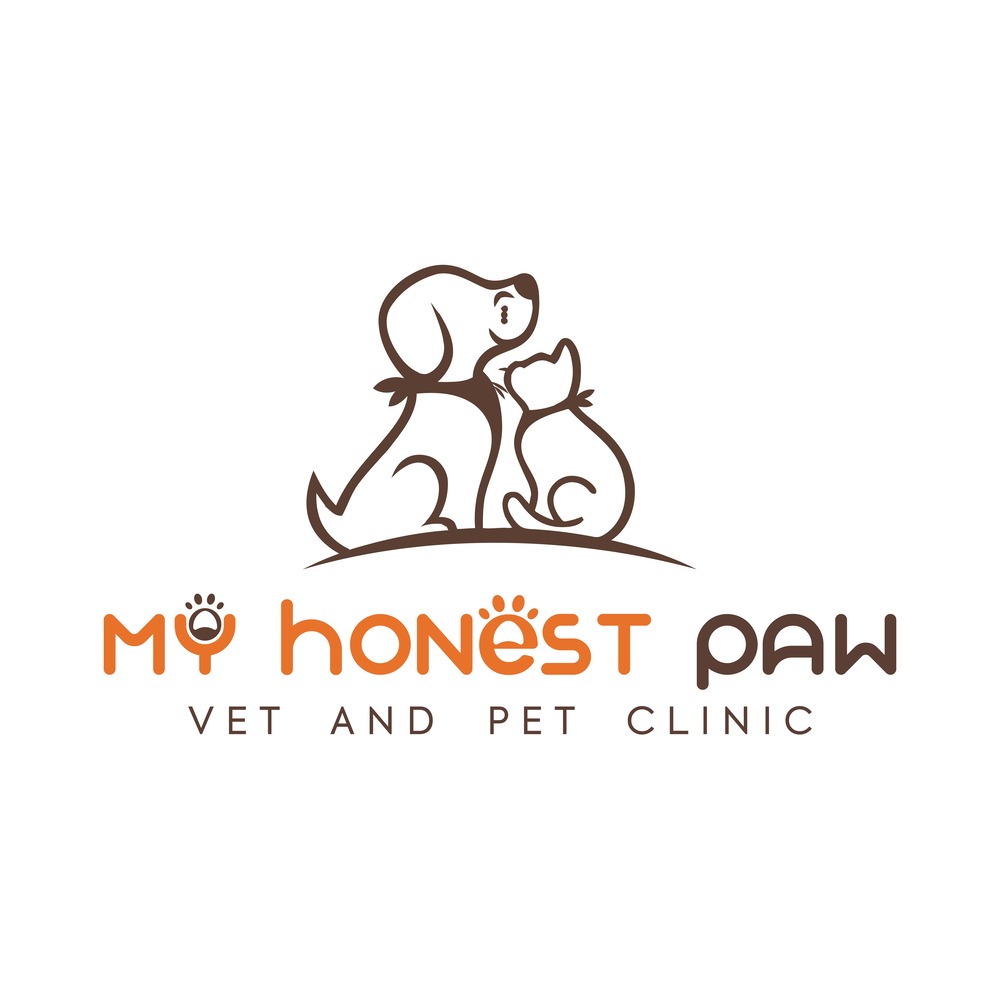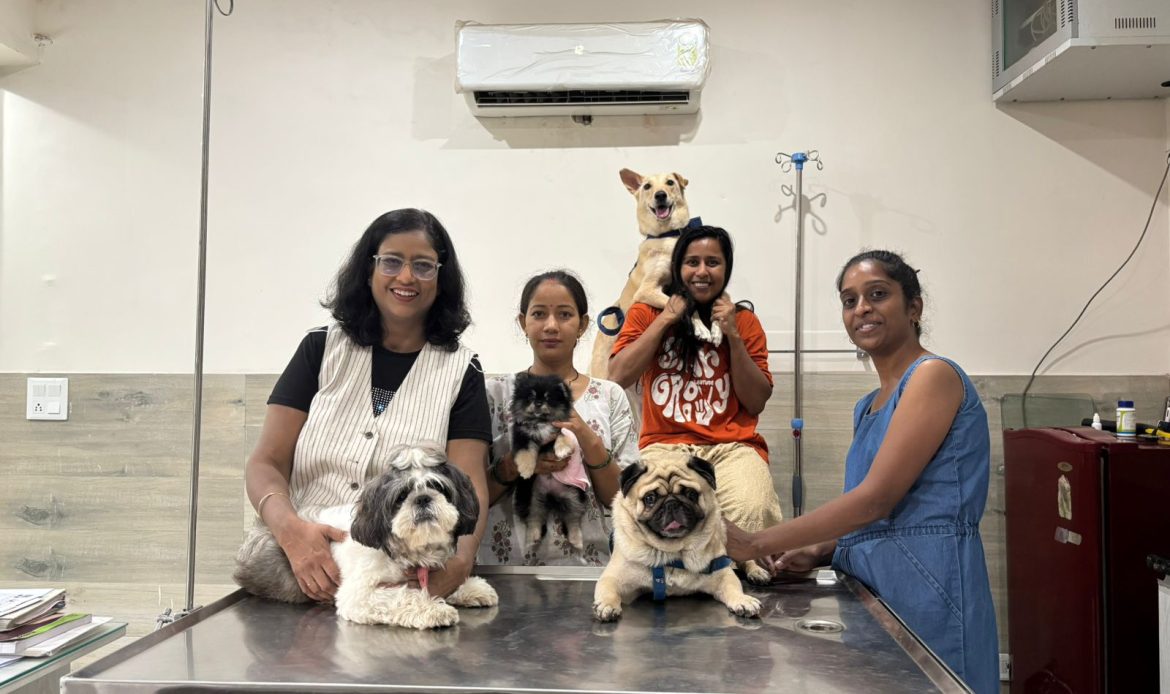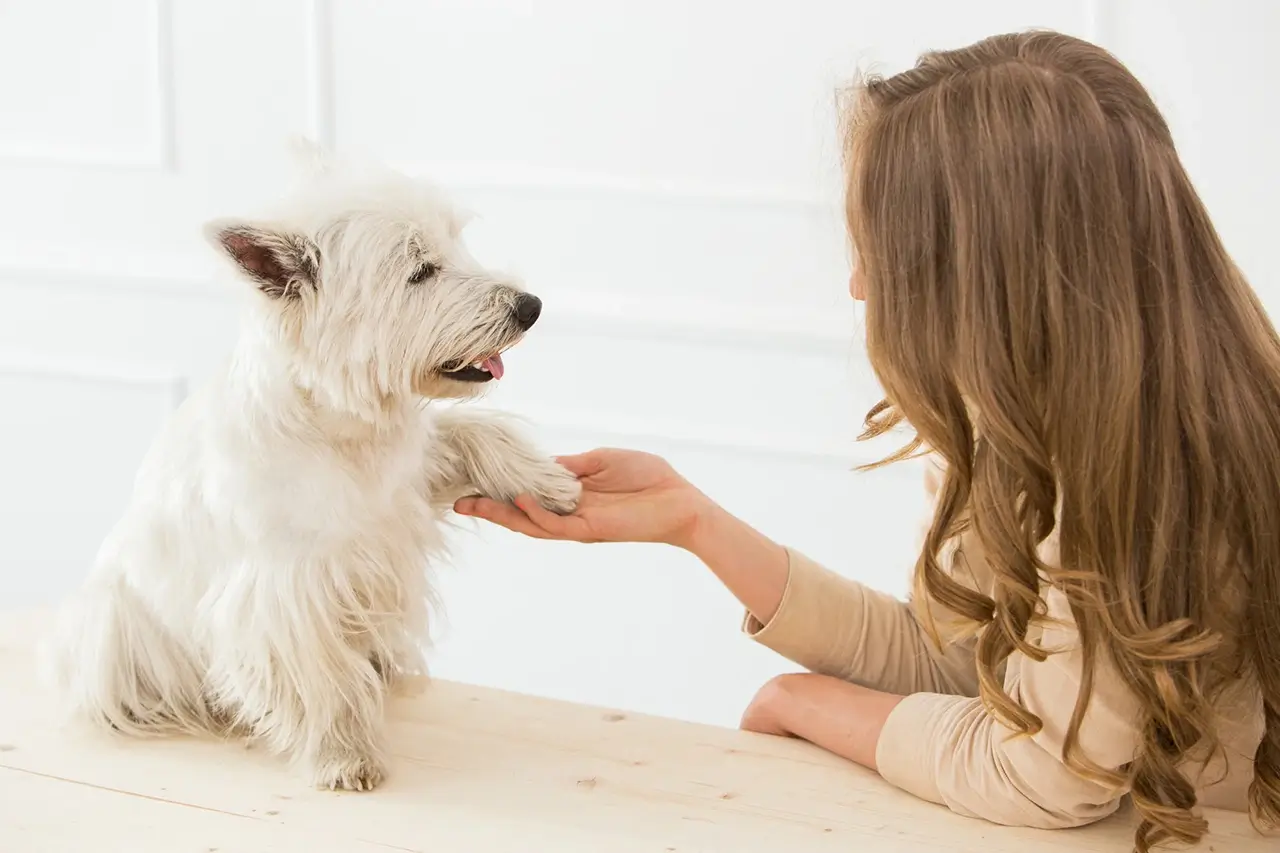What Every Pet Owner Needs to Know
“The greatness of a nation can be judged by the way its animals are treated.”
____ Mahatma Gandhi
Part 1: Spotting Emergencies Before They Get Scary
Every pet parent hopes emergencies never happen, but being prepared makes all the difference. Our furry, feathery, or scaly friends depend on us to act quickly when something feels wrong.
Some common emergencies include:
- Choking on toys, bones, or small objects
- Eating something toxic such as harmful foods, plants, or chemicals
- Heatstroke in hot weather
- Seizures or sudden collapse
- Heavy bleeding, deep cuts, or broken bones
- Natural disasters like floods, fires, or earthquakes
When to rush to the vet: Breathing trouble, nonstop bleeding, seizures, or unresponsiveness are always urgent. Smaller issues like mild vomiting or tiny cuts should still be checked by your vet but aren’t always life-threatening. Acting quickly helps pets heal faster and keeps them safe.
Part 2: Why Emergency Support Saves Lives
Having emergency support ready can make a life-saving difference. Here are the essentials every pet family should think about:
- First-aid supplies to help until the vet takes over
- Access to 24/7 veterinary clinics or pet ambulances
- Knowing about local animal welfare services that step in during crises
- Staying calm as a pet parent, so your little one feels reassured
Preparedness doesn’t just lower risks, it also keeps stress levels down for both you and your pet. In a scary situation, the best thing you can offer your companion is quick action, comfort, and safe handling.
Part 3: Building Your Pet’s Emergency Kit and Plan
Think of a pet emergency kit as a “just in case” backpack for your best friend. Here’s what to include:
- Food and water for 3–7 days, with portable bowls
- Medications plus basics like gauze, bandages, antiseptic wipes, and pet-safe ointment
- ID tags, microchip details, and a recent photo
- Comfort items like toys, blankets, and carriers
- An emergency sheet with medical history, allergies, and vet contacts
Evacuation Plan:
- Find pet-friendly shelters or hotels in advance
- Practice quick evacuations so your pet feels less anxious
- Have safe transport ready: carriers, seat belts, or harnesses
- Tailor prep for each pet: litter boxes for cats, calming aids for dogs, secure cages for birds or small animals
Part 4: Caring for Pets During and After Emergencies
When things get stressful, pets look to you for reassurance. Stay calm, move them safely, and never leave them unattended in risky spots. Handle injuries gently to avoid causing more harm.
After the emergency:
- Check your home for hazards before letting pets back inside
- Look for hidden injuries, since small wounds can worsen
- Offer comfort and monitor behavior for signs of stress
- Reach out to your vet for post-crisis care
- Keep an eye on local rescue alerts for updates on safety
At My Honest Paw Vet and Pet Clinic, we care for pets like family. Whether it’s a sudden health scare or a routine visit, our gentle and experienced team is here to keep tails wagging and paws safe. 💛



